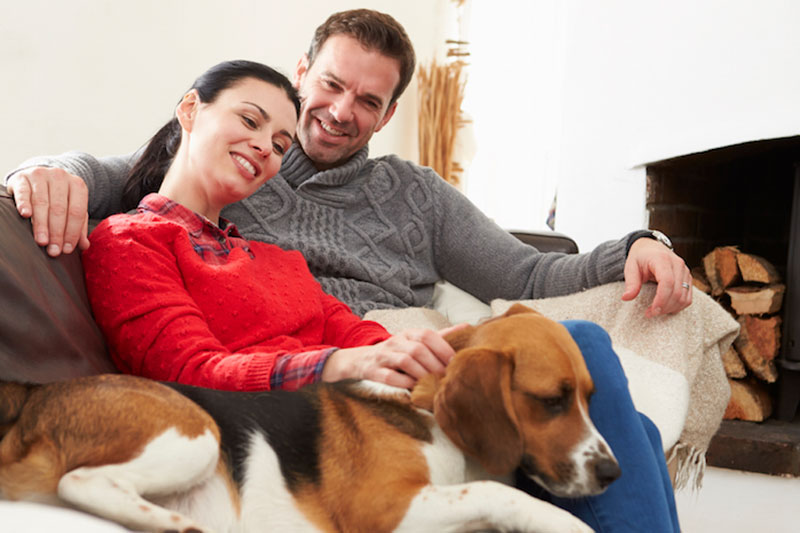
Having cozy heating and cooling in Mission Viejo, California, throughout the year appears to be a great approach. But in reality, how can you maintain a cozy home while stopping energy costs from skyrocketing?
Having a cozy home in the colder months isn’t as hard as you may think. But occasionally you might require expert assistance if you’re having hot and cold pockets. Or if your furnace doesn’t heat like it used to.
If you’re going through comfort problems or are looking for furnace repair, the heating and cooling specialists at 1st Choice Heating & Air Conditioning can help. Reach us at 949-762-8644 to request an appointment right away.
For the time being, here are a couple of tips on how to approach your thermostat during the cooler months.
Adjust Settings When You Leave
Setting the thermostat back 10–15 degrees while you’re out for the day can save 5–15% on your utility costs, according to the Department of Energy. If your residence is empty throughout the day, this is a good method to reduce expenses. And when you consider what only 5% could do for your utility expenses, that can make a major difference!
Lower the Setting Why You Sleep
You can also decrease the temp before you go to bed. It actually benefits more than just your energy expenses! The ideal temperature for falling asleep is 60-67 degrees, according to the National Sleep Foundation. Your body cools off naturally to help you fall asleep, so keeping your sleeping area chilly could help you go to bed more easily.
Use a Smart Thermostat
One thing to consider if you don’t already utilize it—a smart thermostat. You won’t have to go over to the thermostat to adjust it. In actuality, you can change it from almost anyplace with your phone. A Wi-Fi thermostat also learns your household schedule and instinctually changes the setting to help you save more on utilities.
Relax in a Cozier Residence with Support from the Heating and Cooling Experts
Even if you don’t make extreme changes to your setting, a little adjustment can help lower your heating costs.
While you are getting your thermostat under control, there are a few other things to consider during the heating season.
- Request an appointment for routine furnace maintenance. Heating service checks your system is heating appropriately and could help make your heater more efficient.
- Take a look at your furnace filter. If you don’t view light through it, you need to get a new one.
Both of these things will help confirm your heating system is in peak form to keep your home comfortable.
If you need help installing a smart thermostat or have HVAC concerns, reach the pros at 1st Choice Heating & Air Conditioning to gain outstanding assistance. You can reach us at 949-762-8644 or request an appointment online.
